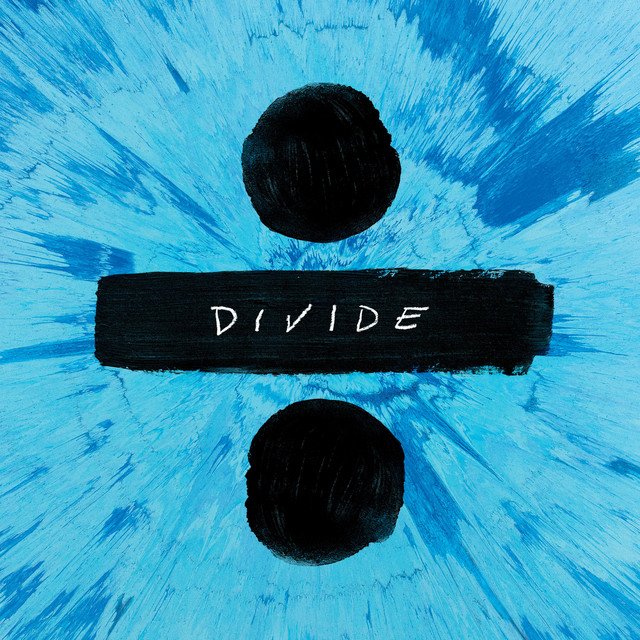Exploring the Advantages of Mixing Music in Dolby Atmos.
In recent years, the music industry has undergone a profound transformation with the rising popularity of immersive audio formats, spearheaded by technologies like Dolby Atmos. As major streaming platforms like Apple Music and Amazon Music embrace Dolby Atmos as a deliverable format, now is the perfect time to future-proof your catalog by investing in immersive mixing today and ensuring that your music is ready for the next generation of audio technology.
Apple Music's recent announcements shed light on the growing popularity of Spatial Audio (Apple’s rebranding of Dolby Atmos). Over 90% of the platform's listeners have experienced music in this format, with plays for immersive content tripling in the past two years alone. Moreover, the number of songs available in Spatial Audio on Apple Music has increased nearly 5,000% since launch, with more than 80% of the songs that reached the platform's Global Daily Top 100 in the past year being available in Spatial Audio. This widespread adoption by global hitmakers highlights the importance of embracing immersive audio technology to remain competitive in today's music industry landscape.
In addition to enhancing the listening experience, Dolby Atmos offers tangible benefits for artists. In a letter sent to their partners, Apple Music wrote: “Pro-rata shares for Spatial Available plays will be calculated using a factor of 1.1 while Non-Spatial available plays will continue to use a factor of 1,” meaning the royalty payouts for music available in Spatial Audio will be up to 10% higher compared to music not available in Spatial Audio. The letter explains, “This change is not only meant to reward higher quality content but also to ensure that artists are being compensated for the time and investment they put into mixing in Spatial.” This means having your songs mixed into Dolby Atmos will not only enhance the listening experience but also offer tangible benefits in terms of higher royalty earnings.
Dolby Labs' OnePoll survey of American adults who listen to at least one hour of music a day revealed that among respondents who pay for a streaming music service, 90% considered enhanced audio quality a "must-have" feature, with 82% willing to upgrade or change services for better sound quality. This trend is particularly pronounced among Gen Z, with nearly half of surveyed individuals demanding the latest "cutting-edge" audio technology with their streaming music plans. It is understandable then that the immersive audio industry is projected to experience significant growth in the coming years. According to Grand View Research, the global market size for immersive audio is expected to reach $5.49 billion by 2028, with a compound annual growth rate of 20.3% from 2021 to 2028. This growth suggests that music in 3D has the potential to replace stereo, much like stereo did with mono half a century ago.
The increasing adoption of immersive audio formats extends beyond streaming platforms. Unlike other major audio evolutions requiring many years for creators to adopt and consumers to access, most people who bought a new cellular phone, tablet, computer or TV in the past four years already have access to the Dolby Atmos Music technology. Earlier this year, Forbes magazine reported Mercedes-Benz, Audible, and Amazon Music have teamed up to introduce Dolby Atmos titles and tracks to Mercedes-Benz customers. This collaboration saw the launch of the Amazon Music app with Dolby Atmos in select Mercedes-Benz vehicles, while the Audible app is slated for release later this year in Mercedes cars. Dolby also announced a partnership with Lotus to integrate Dolby Atmos sound systems into their vehicles too, marking a significant advancement in automotive audio technology. With the backing of Mercedes-Benz and Lotus, the roster of auto manufacturers committed to supporting Dolby Atmos sound systems has now reached double figures and includes Volvo, Lucid Motors, NIO, Polestar, and XPENG.
Additionally, electronics manufacturers Hisense and TCL announced their support for the Dolby Atmos FlexConnect system, which enables consumers to create a full surround sound experience in their homes with minimal setup, making immersive audio technology more accessible to the average consumer. Computer manufacturer Dell also announced in January that they would be adding Dolby Atmos sound support to their latest XPS 16, XPS 14, and XPS 13 laptops. As technology continues to evolve, embracing immersive audio formats like Dolby Atmos can position artists and labels at the forefront of innovation.
Dolby Atmos is also widely available across a range of major streaming services, such as Apple TV+, Disney+, HBO Max (US), Netflix, Paramount+ (US), Amazon Prime Video, and Vudu (US). In fact, most of your favourite films and series being released today are available in the format. Dolby Atmos can even be used alongside some of the biggest gaming titles. This widespread availability underscores the growing demand for immersive audio content. By having their songs mixed into immersive formats like Dolby Atmos, artists have an opportunity to enhance their reach through sync placement and increase their chances of gaining exposure on popular video streaming platforms.
As technology continues to evolve, embracing immersive audio formats like Dolby Atmos is no longer a choice but a necessity for artists and producers. By having your music mixed into Dolby Atmos, you can stand out in a crowded market and elevate the listening experience for your audience. So, whether you're a seasoned artist or an emerging talent, now is the time to embrace the future of music production and unlock new possibilities with immersive audio.




















